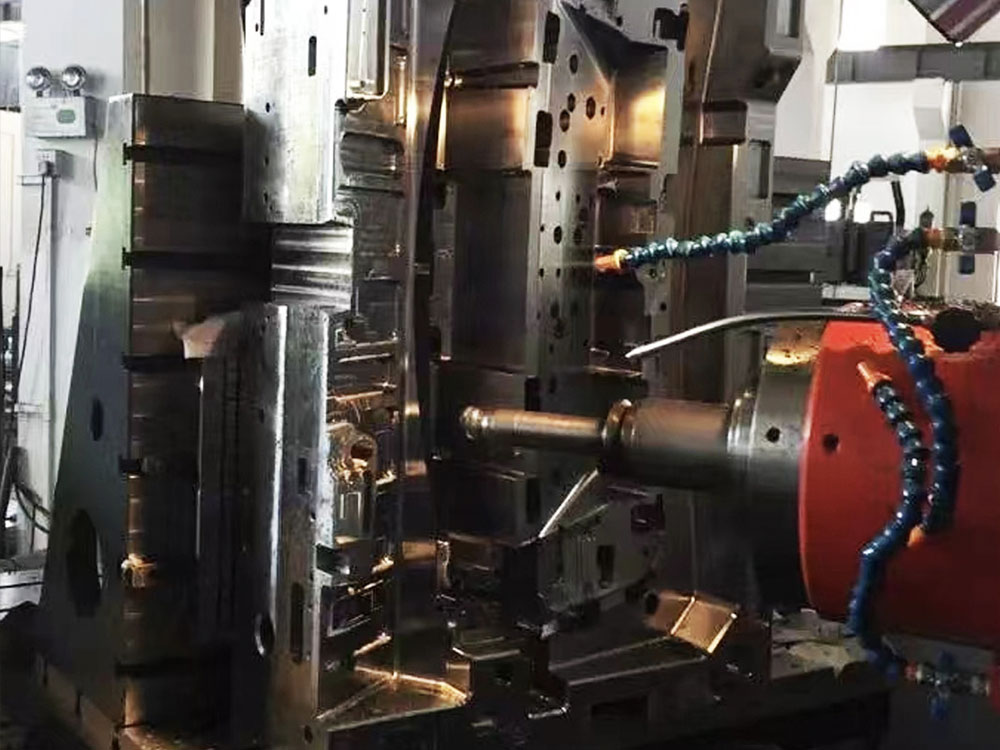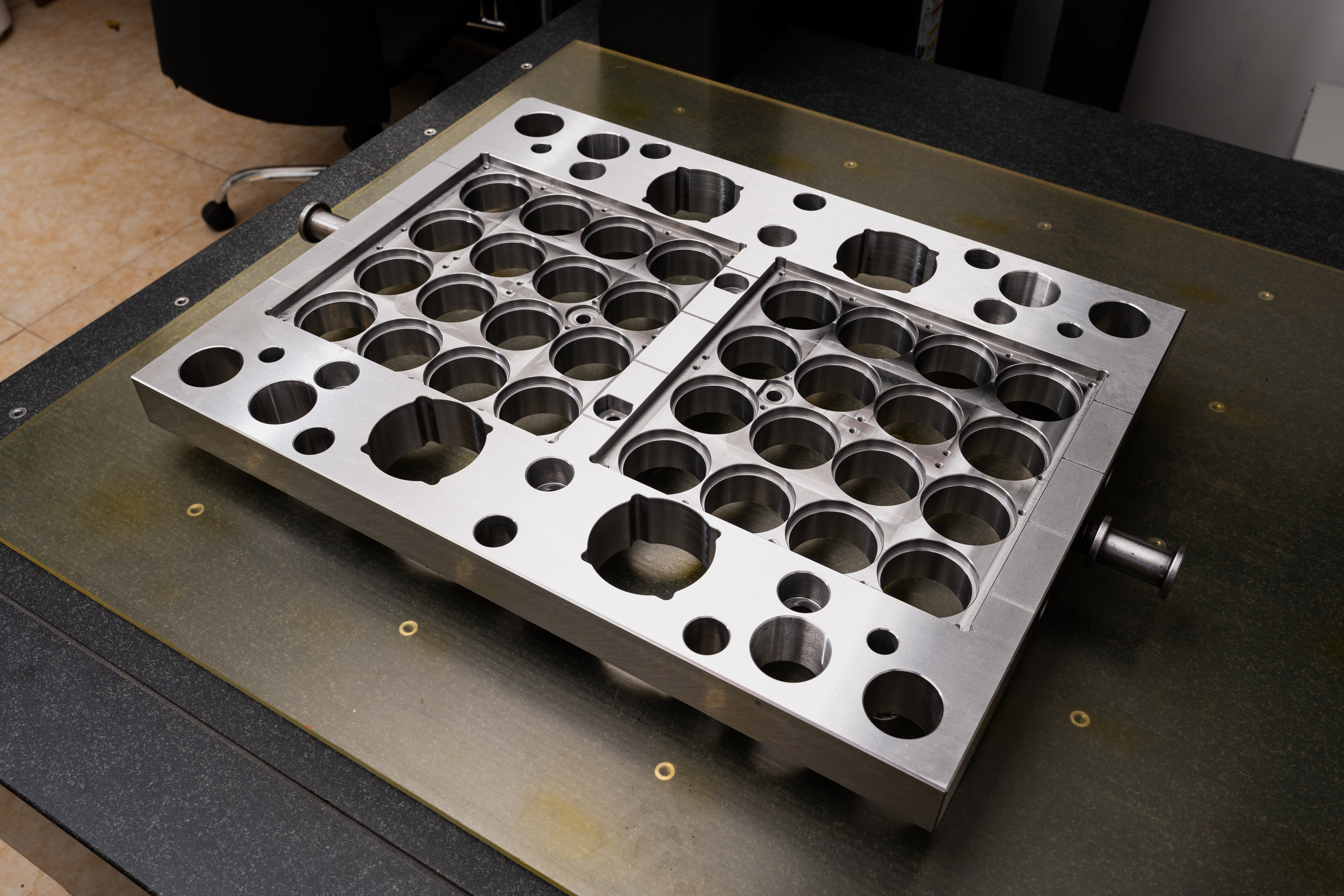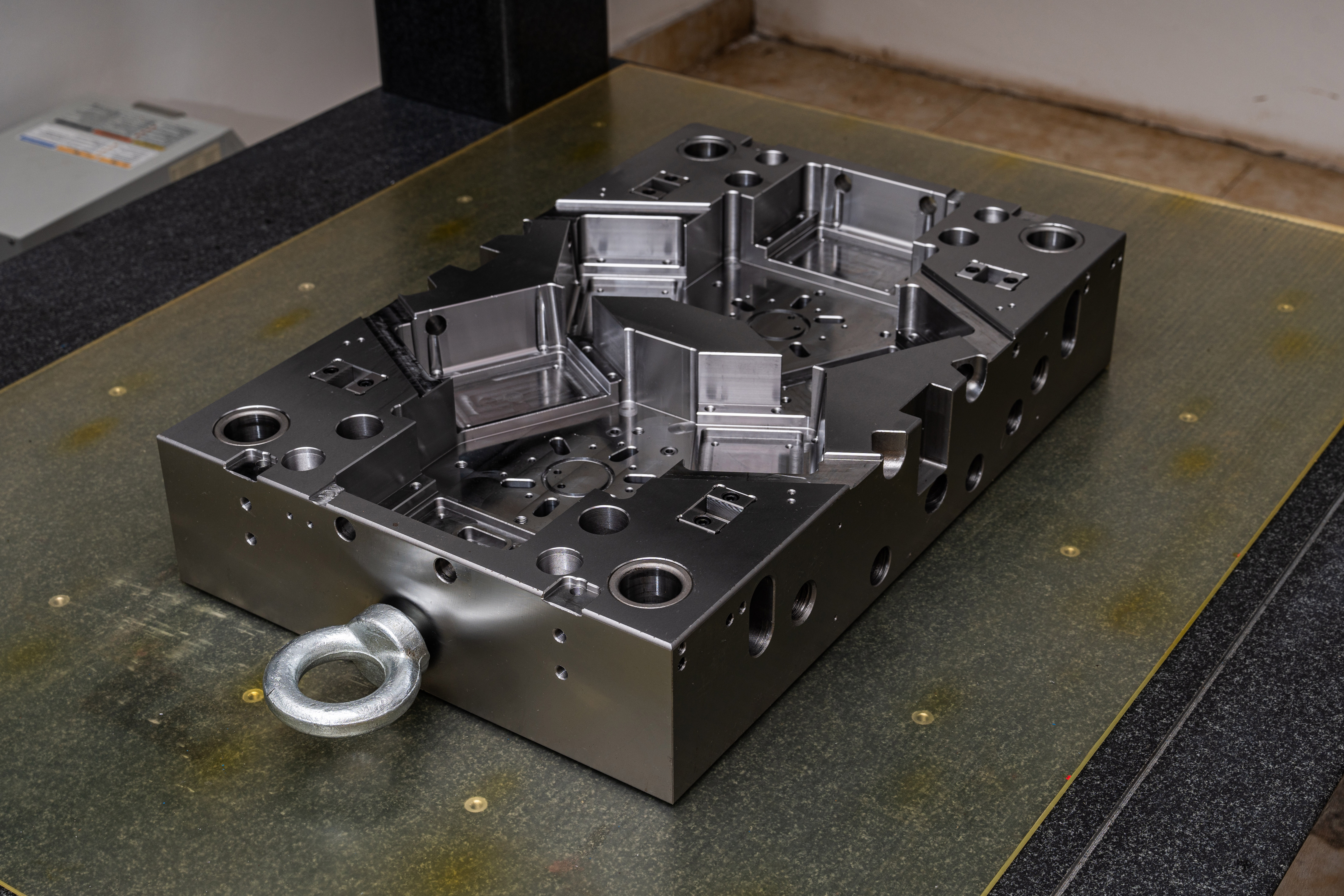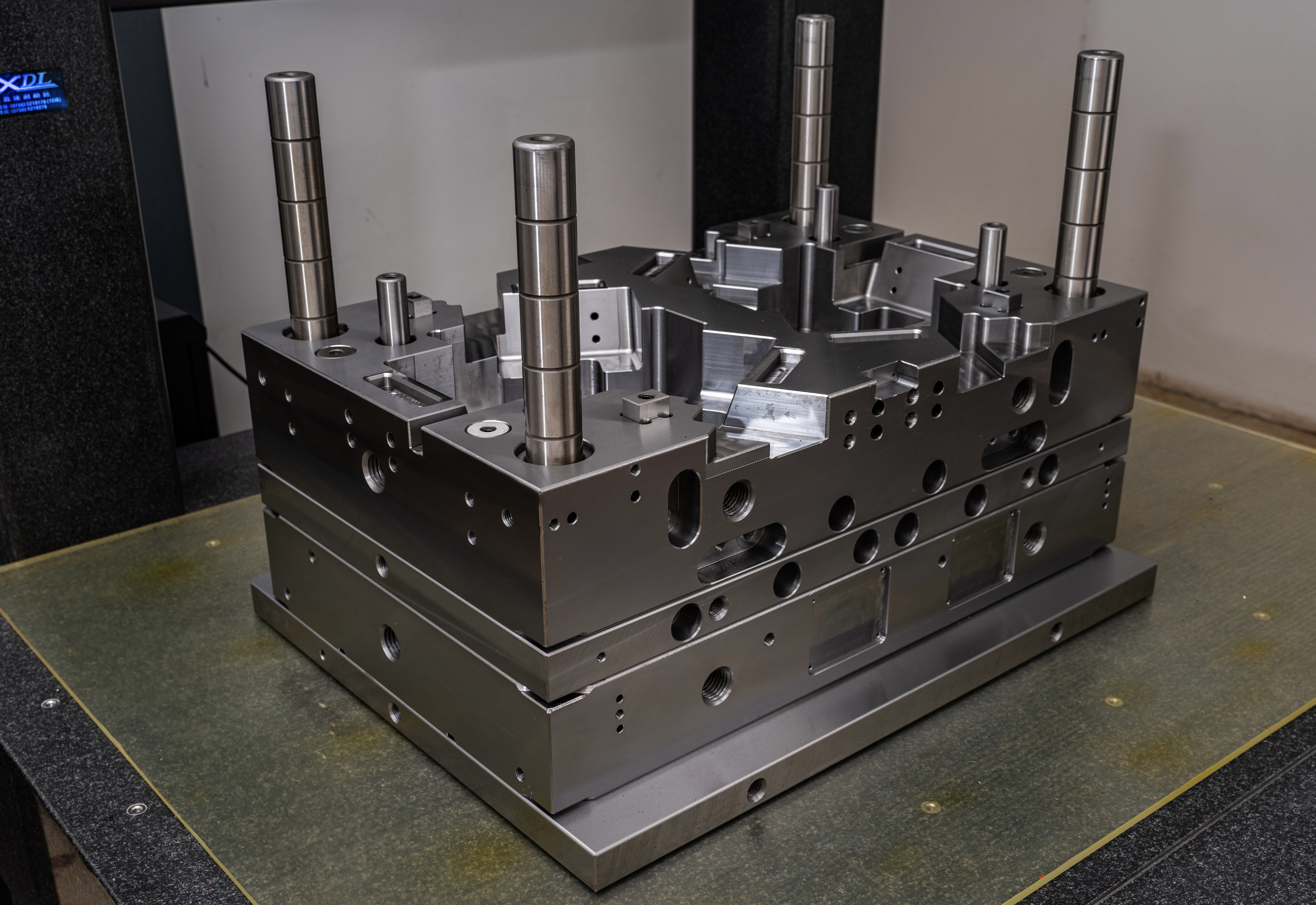How to Install a Mold Base: Step-by-Step Guide with Illustrations
In the mold industry, the installation of a mold base is a crucial step in preparing for a successful mold-making process. The mold base serves as the foundation for mounting the mold components and providing structural support. In this step-by-step guide, we will explain the process of installing a mold base, along with detailed illustrations.
Step 1: Gather the Required Tools and Materials
Before starting the installation process, it is essential to gather all the necessary tools and materials. This ensures a smooth and efficient installation. Here are the tools and materials you will need:
- Mold base
- Clean cloth
- Fasteners (bolts, nuts)
- Socket wrench
- Level
- Torque wrench
- Grease or lubricant
Step 2: Prepare the Work Area
Before placing the mold base, it is crucial to prepare the work area properly. This includes cleaning the surface where the mold base will be installed. Use a clean cloth to wipe away any dirt, dust, or debris that may interfere with the installation process. Ensure the work area is level and free from any obstructions.
Step 3: Positioning the Mold Base
Now, it's time to position the mold base onto the prepared work area. Carefully lift the mold base and place it in the desired location. Ensure that the mold base aligns properly with the designated mounting holes or slots in the work area.
Step 4: Marking Mounting Hole Positions
To secure the mold base, it is necessary to mark the positions of the mounting holes on the work area. Use a marker or pencil to create markings through the holes or slots in the mold base onto the work area. These markings will guide you during the drilling process.
Step 5: Drilling Mounting Holes
With the mounting hole positions marked, it is time to drill the holes on the work area. Ensure that the drill bit size matches the diameter of the fasteners you will be using. Gradually drill each hole, double-checking the alignment as you progress. Use a clean cloth to remove any metal shavings or debris that may accumulate during the drilling process.
Step 6: Applying Lubrication
Before fastening the mold base onto the work area, it is essential to apply lubrication. This helps in preventing friction and ensures smooth movement between the mold base and the work area. Apply a small amount of grease or lubricant onto the mounting surfaces of the mold base.
Step 7: Securing the Mold Base
Using the previously prepared fasteners (bolts and nuts), secure the mold base onto the work area. Insert each fastener through the mounting holes in the mold base and into the corresponding holes in the work area. Hand-tighten the nuts initially, ensuring that the mold base remains aligned and level. Once all the fasteners are in place, use a torque wrench to achieve the recommended torque specification for each fastener.
Step 8: Verifying Alignment and Level
After securing the mold base, it is essential to verify its alignment and level. Use a level to determine if the mold base is properly aligned with the work area. Make any necessary adjustments by slightly loosening the fasteners and repositioning the mold base. Once the mold base is aligned, retighten the fasteners to the recommended torque specification.
Step 9: Final Checks and Testing
Before proceeding with the mold-making process, perform final checks and testing. Ensure that all fasteners are securely tightened and that the mold base is stable and level. Conduct a thorough visual inspection to confirm that the mold base is correctly installed and ready for use.
By following this step-by-step guide, you can successfully install a mold base in the mold industry. Remember to follow proper safety procedures and refer to the manufacturer's instructions for any specific requirements. A well-installed mold base sets the foundation for a high-quality mold and ensures smooth production processes.




